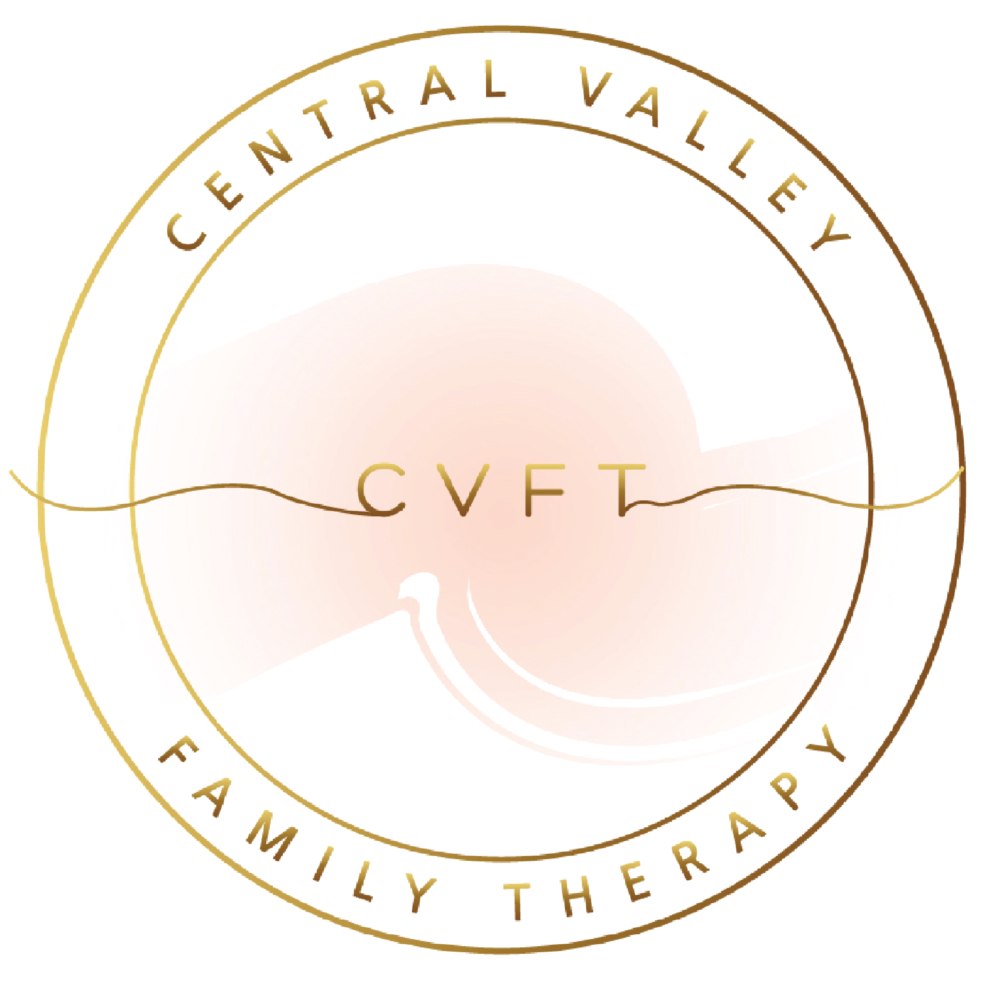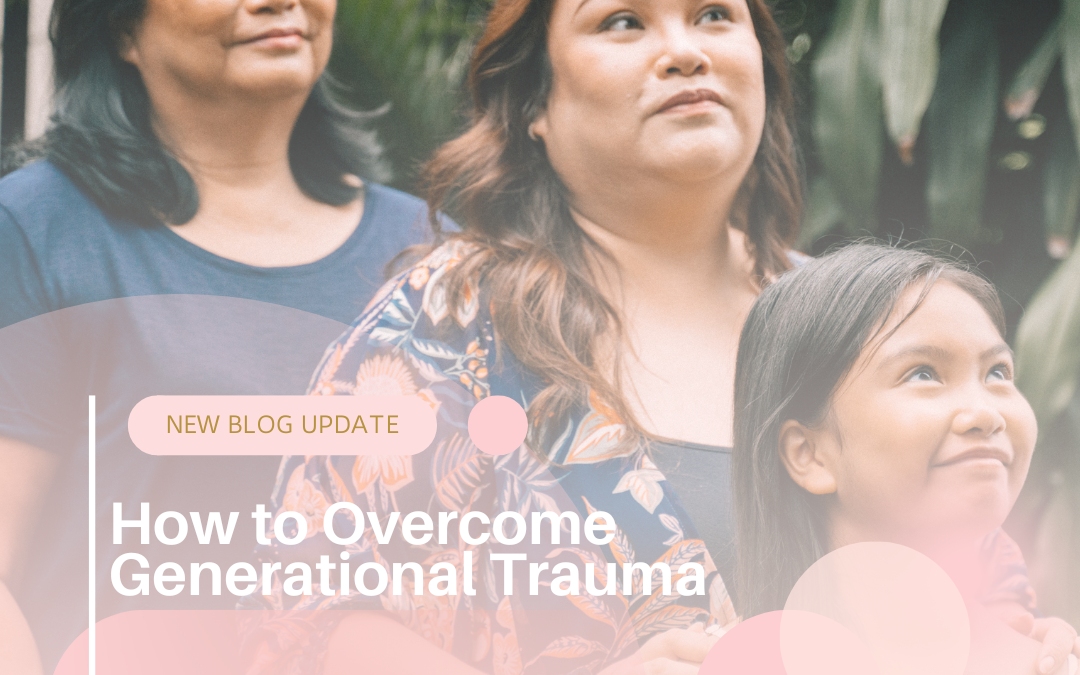Generational trauma, also known as intergenerational trauma, refers to the transmission of emotional, psychological, and even physiological wounds from one generation to the next. Families and communities who have endured significant hardships—such as war, systemic oppression, abuse, or displacement—often carry the weight of those experiences long after the original event has passed.
How Generational Trauma Manifests
Trauma can be passed down through:
- Behavioral Patterns: Families may unknowingly repeat cycles of emotional suppression, fear, or dysfunction.
- Unspoken Pain: Silence around past hardships can create an underlying sense of anxiety or unease in future generations.
- Parenting Styles: Parents and caregivers who experienced trauma may struggle with attachment, emotional regulation, or providing stability.
- Epigenetics: Research suggests that trauma can alter gene expression, affecting stress responses in descendants.
Breaking the Cycle
Healing generational trauma requires awareness, intentionality, and often professional support. Steps toward breaking the cycle include:
- Acknowledging the Trauma: Recognizing patterns of pain within family history is the first step to healing.
- Seeking Therapy: Trauma-informed therapy, such as Cognitive Behavioral Therapy (CBT) or Eye Movement Desensitization and Reprocessing (EMDR), can help individuals process inherited wounds.
- Practicing Self-Compassion: Breaking cycles of trauma takes time. Giving yourself grace in the healing process is essential.
- Creating New Patterns: Establishing healthy communication, emotional expression, and boundaries can shift family dynamics for future generations.
Generational trauma does not have to define you. By acknowledging the past and taking intentional steps toward healing, individuals and families can cultivate resilience, breaking free from inherited pain and fostering a healthier future.


Recent Comments